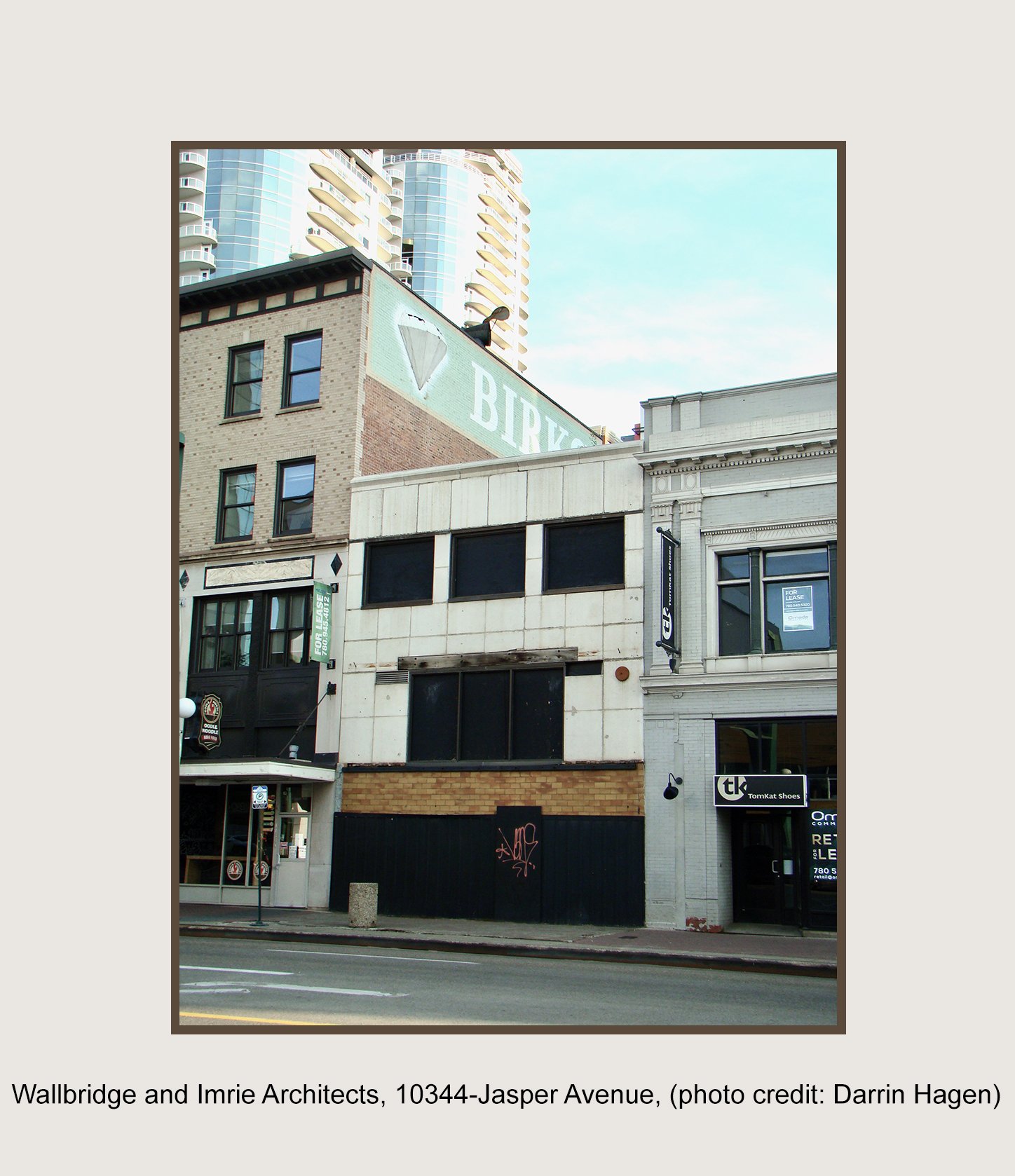CLICK HERE to continue reading full text on this page or download below
Jean Wallbridge was born in Edmonton in 1912. She was privately educated, first in Edmonton, then in Victoria, Switzerland, and England, and afterwards, she enrolled at the University of Alberta in an architecture program. She was one of four women to earn a Bachelor of Applied Sciences degree in the entirety of the twenty-seven years of the program. She graduated in 1939 and also received a Bachelor of Arts the following year. Fresh out of university, her first job was with the architectural firm of Rule Wynn and Rule. Wallbridge then went on to spend the World War II years working in New Brunswick with the Town Planning Commission in St. John. Upon her return to Edmonton in 1946, Wallbridge began to work as a draughtsman in the department of the City Architect and Inspector of Buildings.














